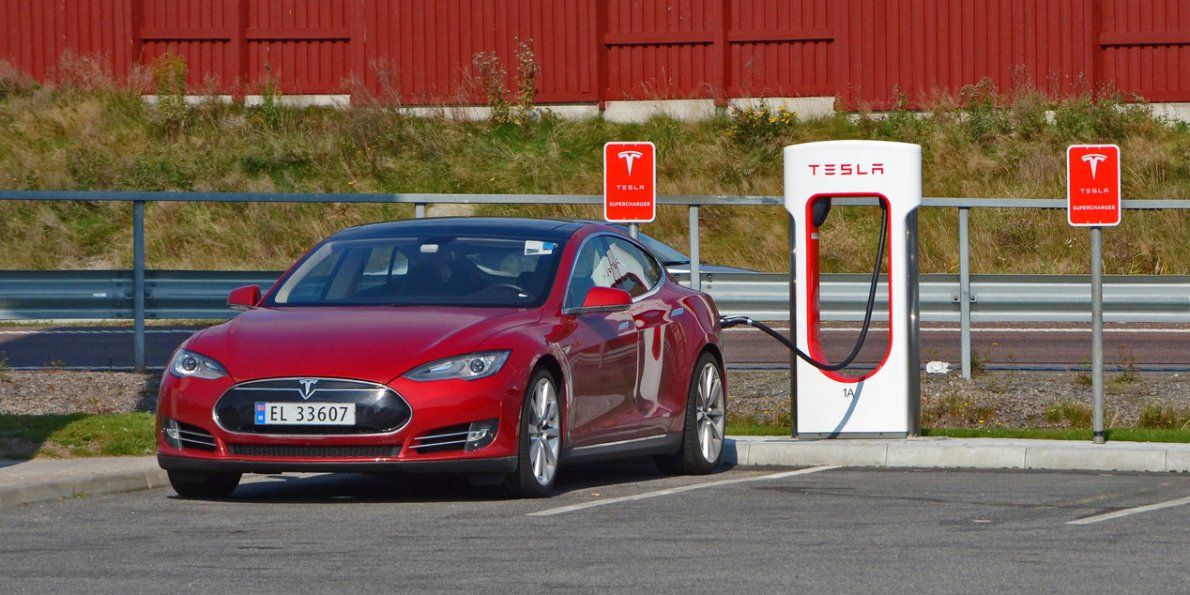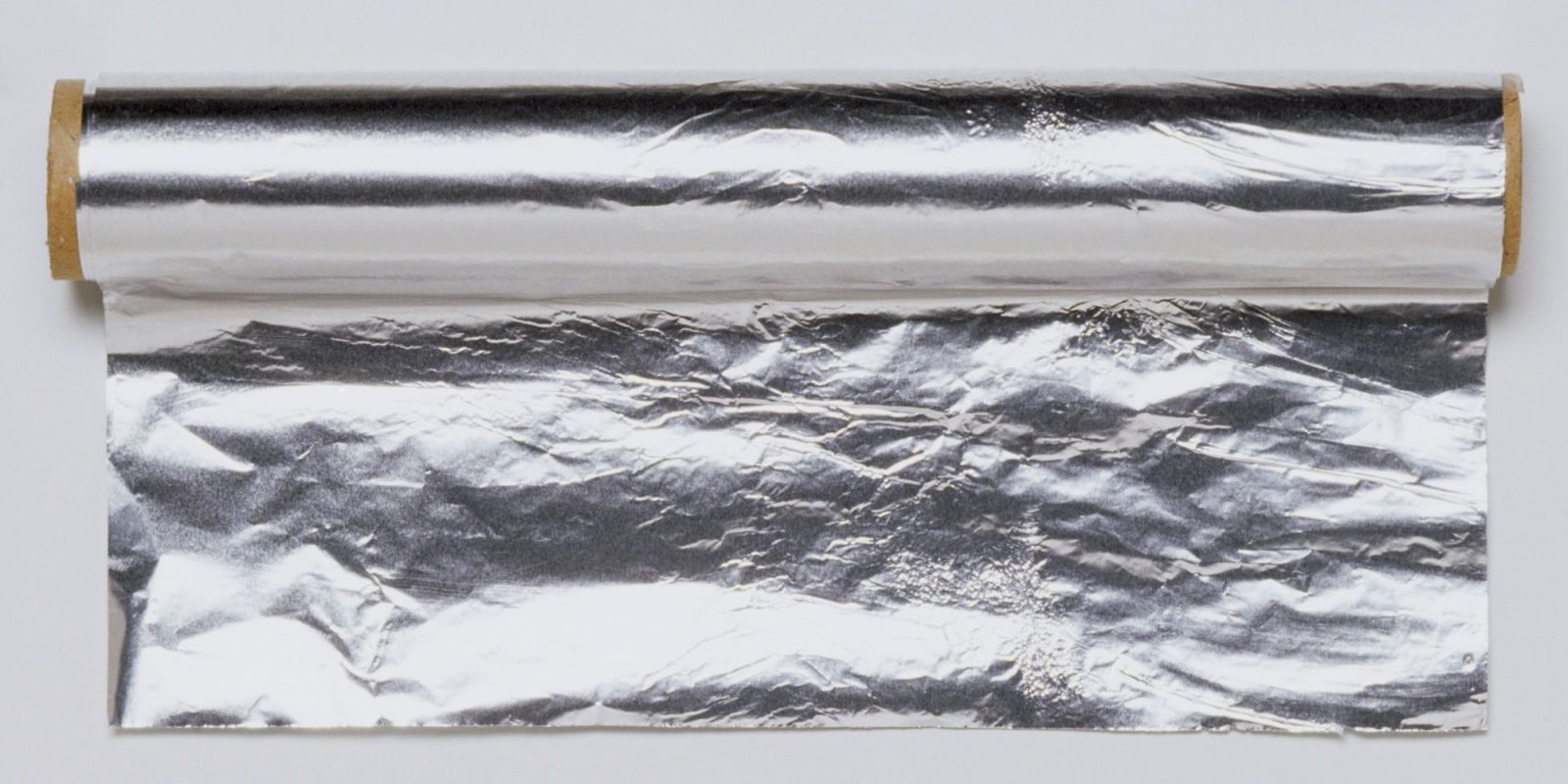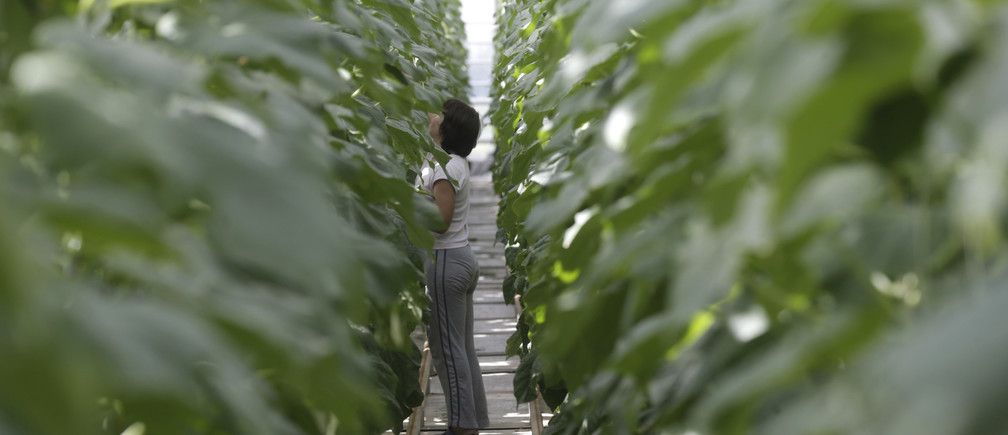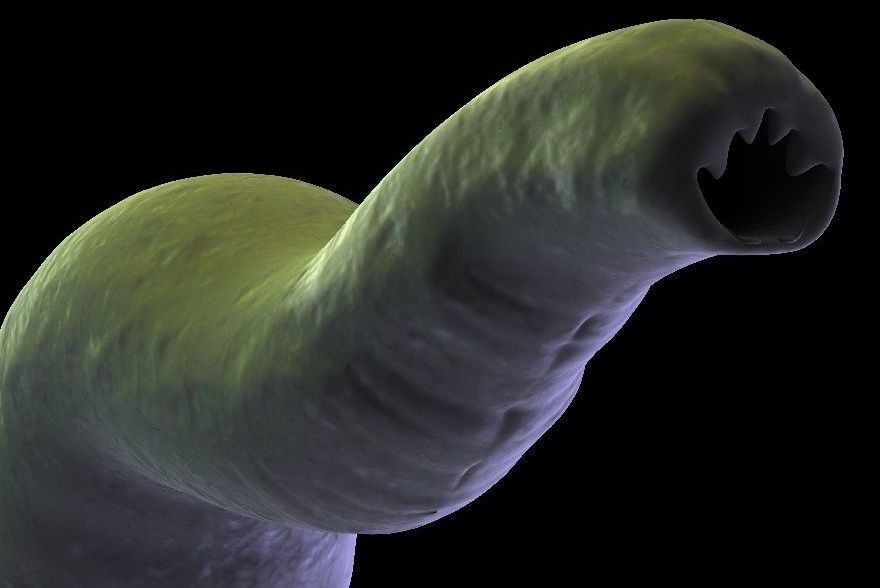Drawing a roadmap to combat the spread of deserts worldwide. It’s the mission of the United Nations Convention to Combat Desertification in the Inner Mongolian city of Erdos. The host country, China, was praised for a law it passed in 2002 — the world’s first integrated law dedicated to combating desert expansion. With this goal in mind, China has carried out several projects that have been successful, including at one desert in northern China. CGTN’s Frances Kuo reports.
Category: food – Page 323
Robot farmers have successfully planted and harvested barley
No human stepped foot on the acre and a half barley farm. The manual labor in Hands Free Hectare was done entirely by robot farmers.
Genetically-modified wheat used to make coeliac-friendly bread
Some glutens are harmful to coeliacs, but others have no effect. A genetically modified wheat lacks only the harmful ones, and can be used to make safer bread.


The Real Reason Why Aluminum Foil Has 2 Different Sides
You might not lie awake at night wondering whether you should be baking atop the shiny side or the dull side of aluminum foil, but just in case you are, we’re here to let you know that there is indeed an answer to this eternal mystery.
According to Reynold’s Kitchen, the difference in appearance between the two sides of aluminum foil is simply a result of manufacturing and serves no real purpose. Meaning, whether you are cooking your food with the shiny side up or the dull side up, you’re doing it right.

You could soon be eating meat grown by plants
Tepic, Mexico, Sept 4 (Thomson Reuters Foundation) — Juicy lab-grown steaks and burgers made of plant-based meat could soon be tempting hardened carnivores scanning restaurant menus in the world’s biggest cities, as food producers explore fresh ways to feed booming populations.
With people pouring into cities across the developing world, rocketing demand for meat and dairy products will make it essential to find high-protein alternatives that have a lower environmental impact, some experts say.
“The food of the future, as we become more and more urban, will continue to be meat but it won’t be meat from industrialised animal agriculture,” said Bruce Friedrich, executive director of the Washington-based Good Food Institute.

Why Are These People Eating Worms to Be Healthy? (part I)
Summary: The Hygiene Hypothesis persuades people to consume parasitic worms as a way to treat chronic autoimmune disorders. As well, people eat tapeworms as a way to lose weight. Learn more about two closely related scientific beliefs called the “Hygiene Hypothesis” and the “Old Freinds Hypothesis.” Part 1 of a 2-part series. Cover photo: 3drenderings / Getty Images.
It’s difficult to believe, but thousands of people eat worms as a way to lose weight or cure diseases.
People don’t just eat worms on TV shows, like the Fear Factor. Some extreme dieters consume tapeworms as a way to lose weight. Another group of people ingests parasitic worms known as helminths to ward-off the debilitating symptoms of autoimmune diseases.

Why Are These People Eating Worms to Be Healthy? (part II)
Summary: Helminthic therapy is the intentional consumption of parasites as a treatment for autoimmune disease. Out of the 7000 people who practice helminthic therapy each year, this report tells the story of a young woman who purchases black market worms and then treats herself at a high cost. Part 2 of a 2-part series. Cover photo: Eraxion / Getty Images.
Would you eat worms to boost your overall health or cure what ails you?
Over 7,000 people intentionally self-infect with parasites, and the practice is growing in popularity.
This Brooklyn-Based Startup Is Growing Leather In Labs—Cruelty Free
Modern Meadow believes leather is a “co-product of the meat industry.” You can’t get cattle hide without stripping it from meat. Rather than configuring new ways to utilize polymers, the Brooklyn-based company genetically creates proteins similar to bovine collagen. As Inventionr reports :
Modern Meadow has formulated a method of activating the building blocks of proteins to form fibres without using natural fibroblasts. Once the fibres form, they can as well be assembled, according to its intended purposes, into fine sheets of leather. Once the process reaches this point, other processes like tanning and dyeing can proceed in the normal way.
Environmental impact is only aspect of this story. Natural leather is notoriously finicky. Now it can be produced in straight sheets, making production easier for whoever is going to work the leather. Engineers can even alter the composition within each sheet, making one part coarse and another soft, for example.